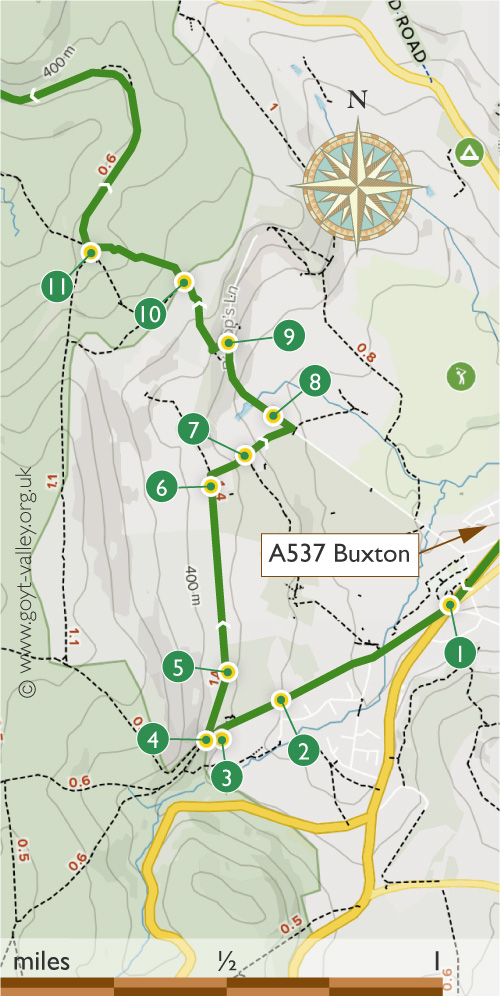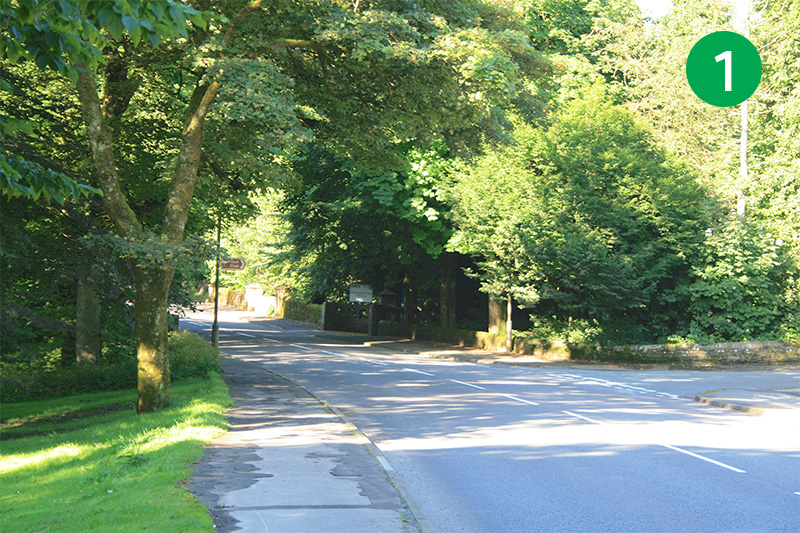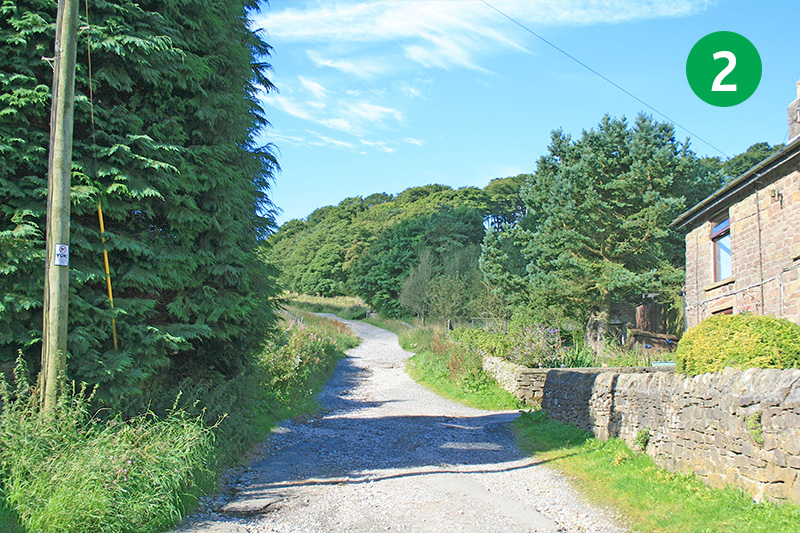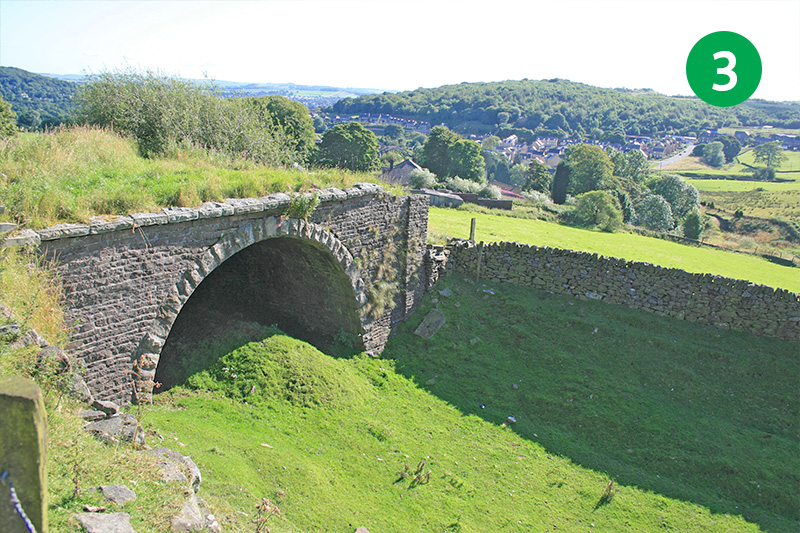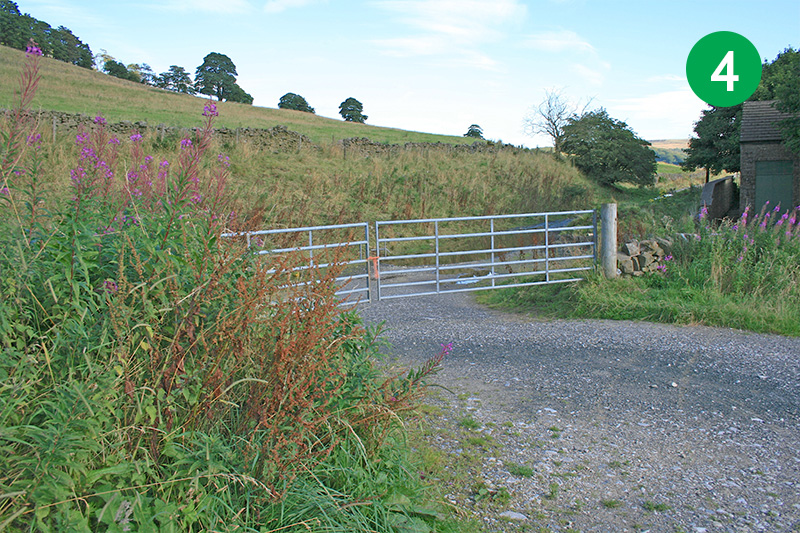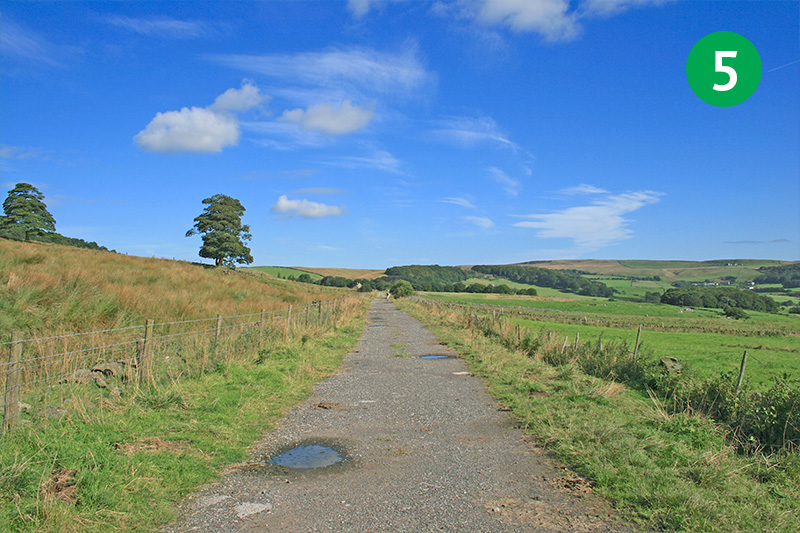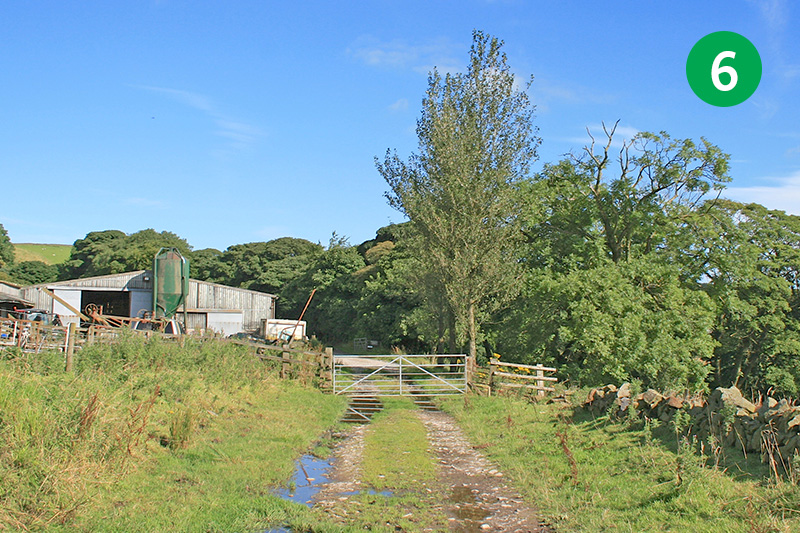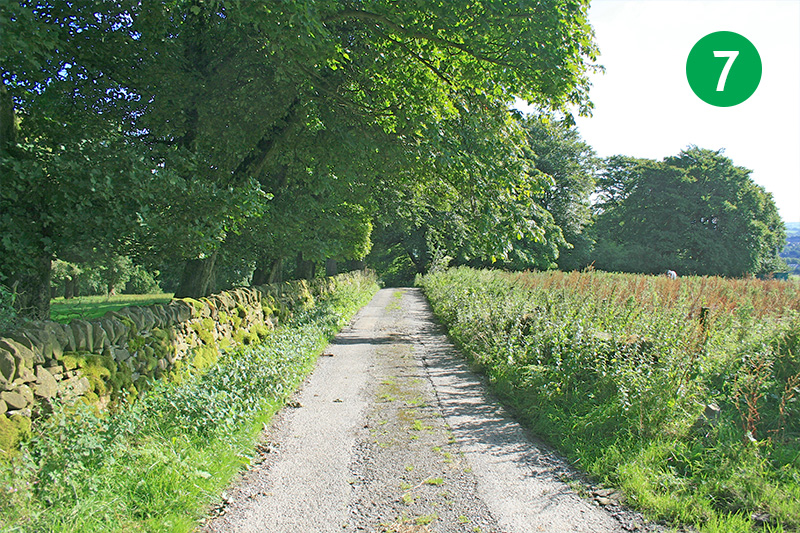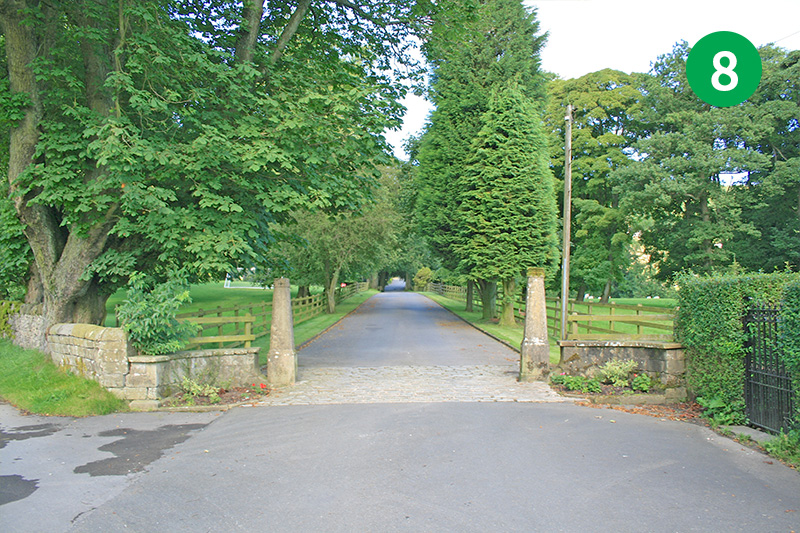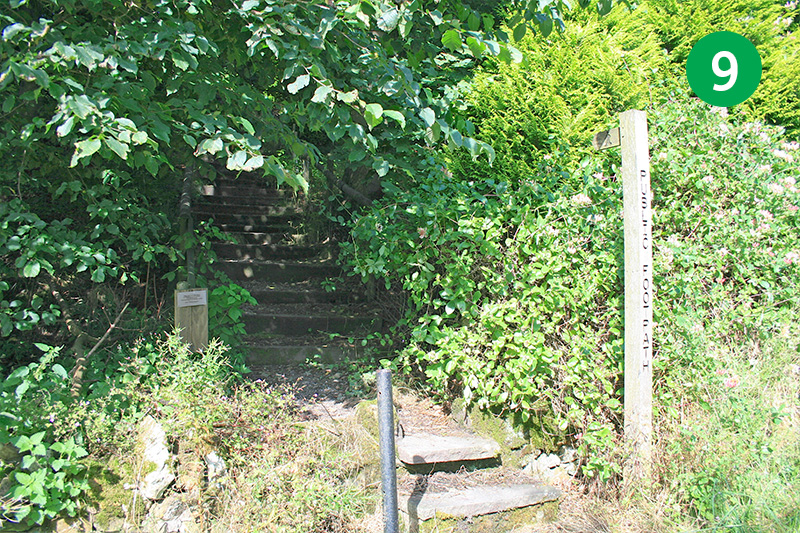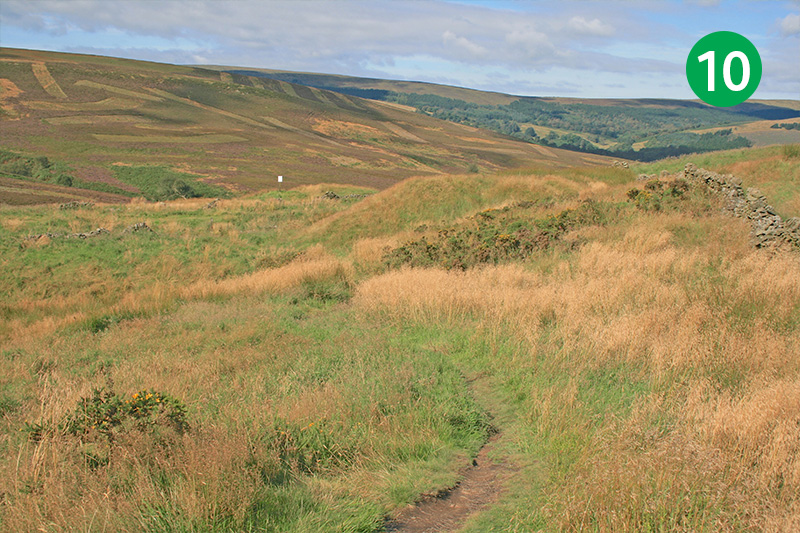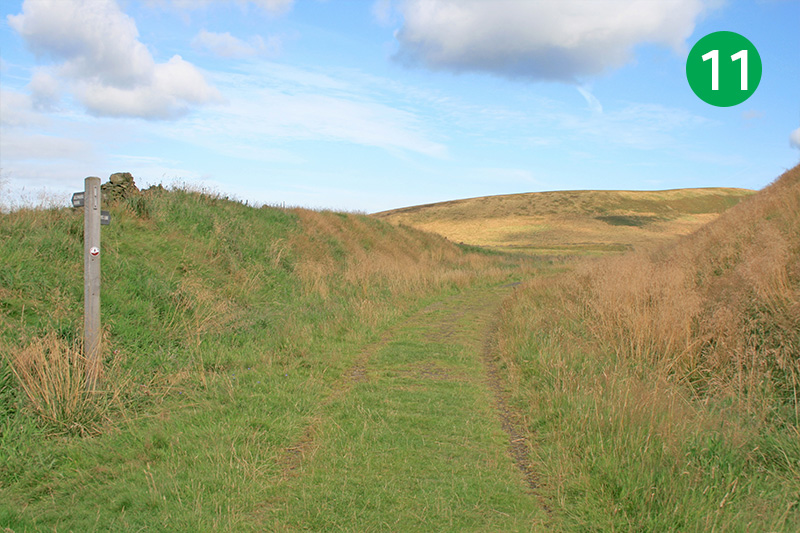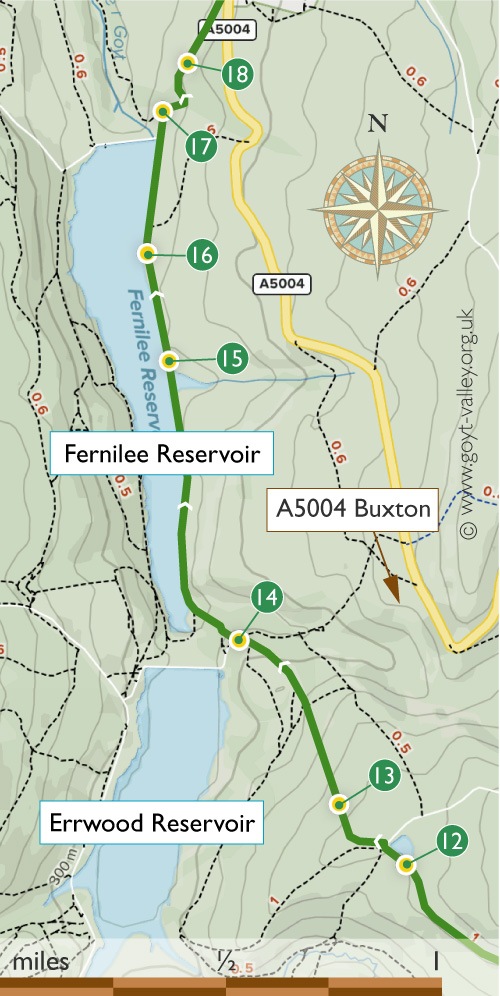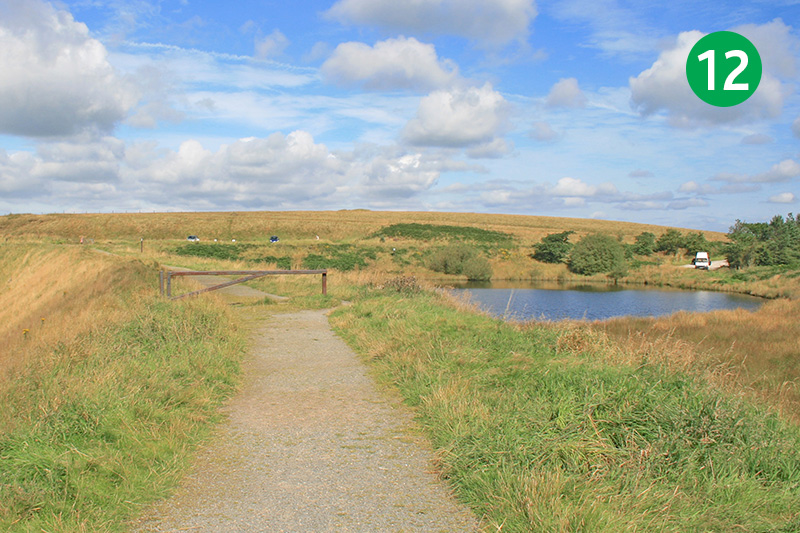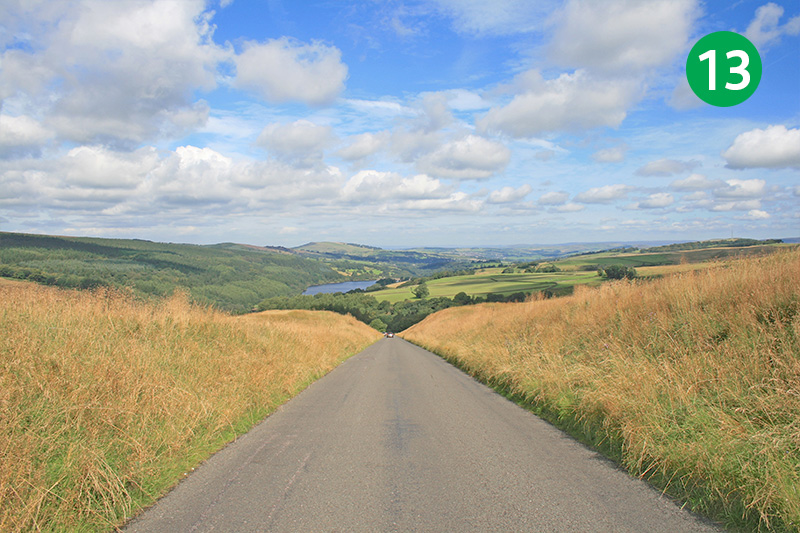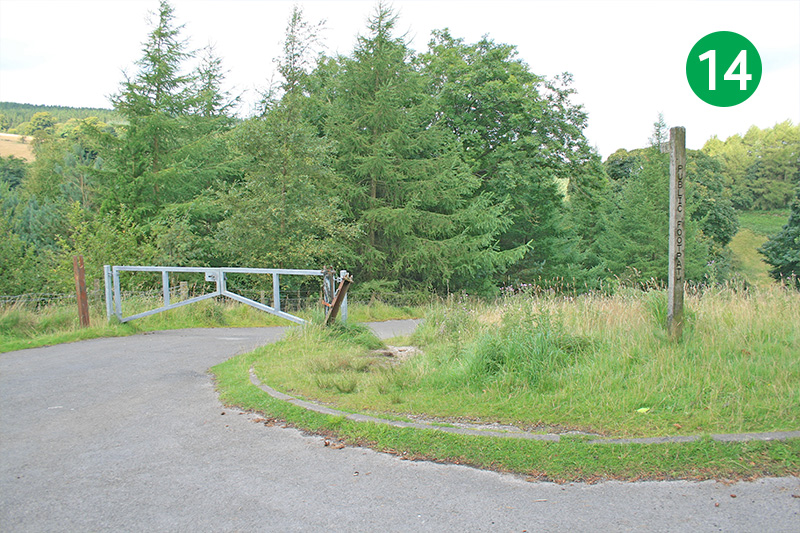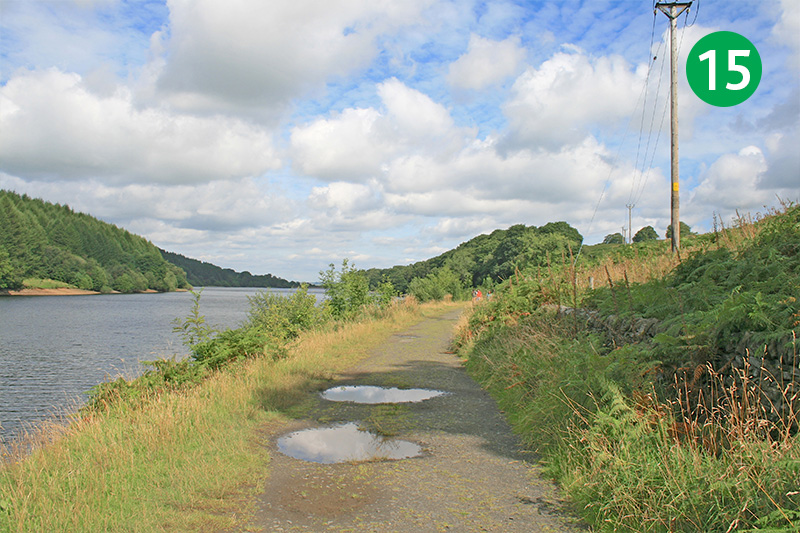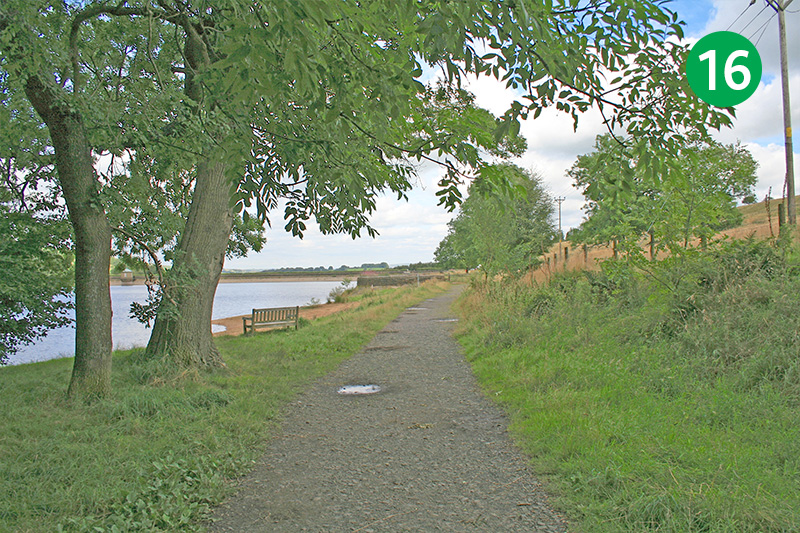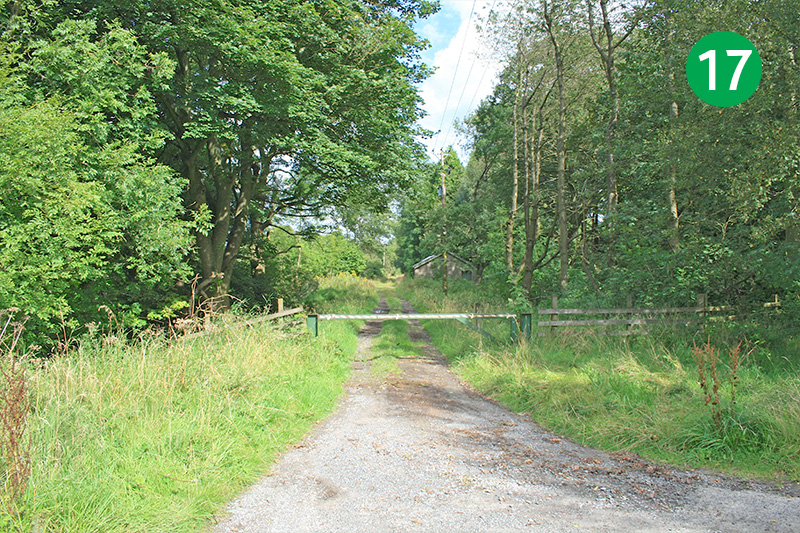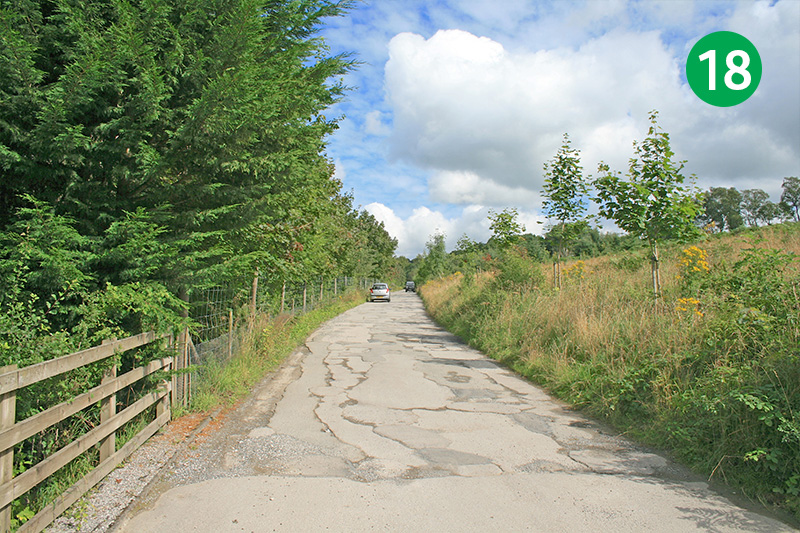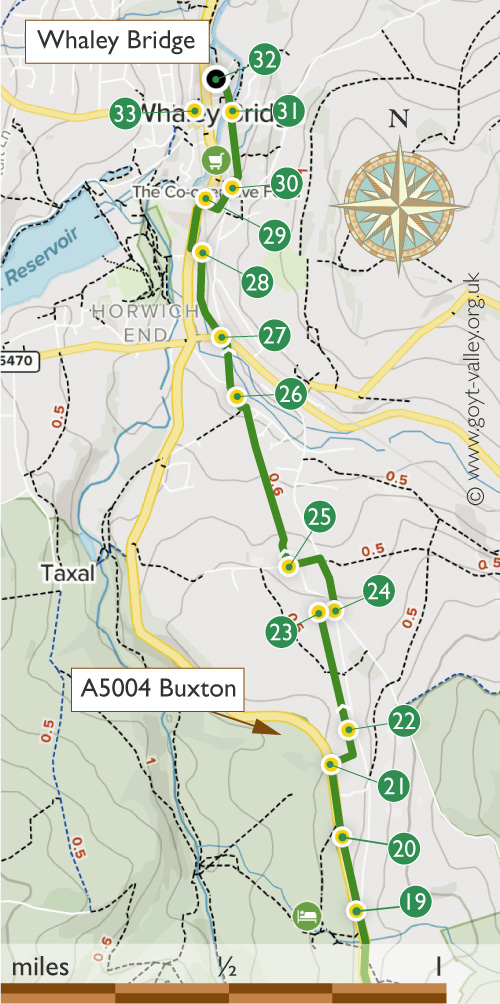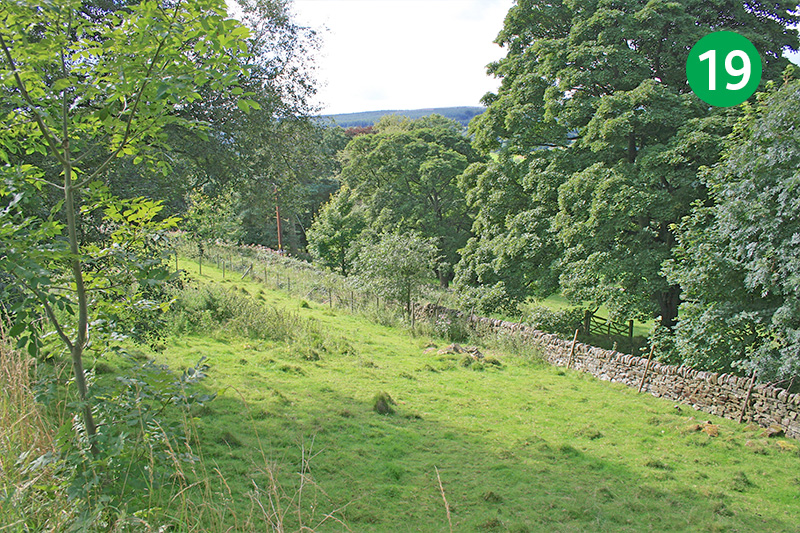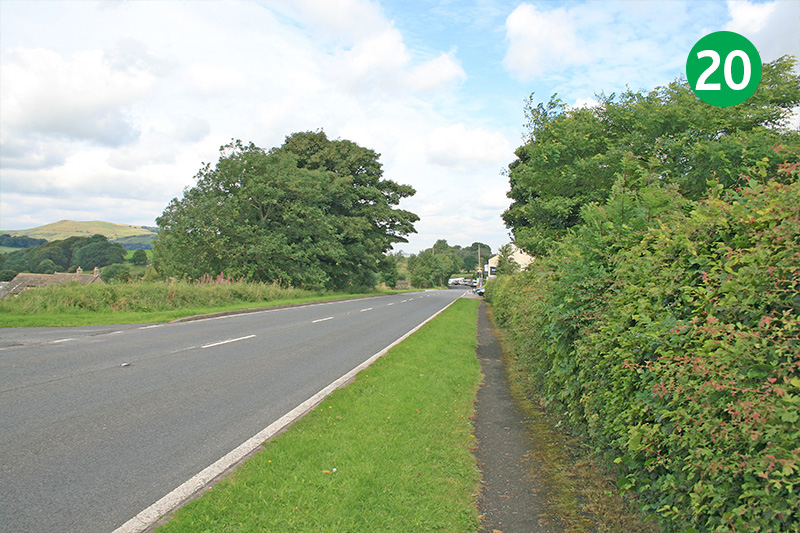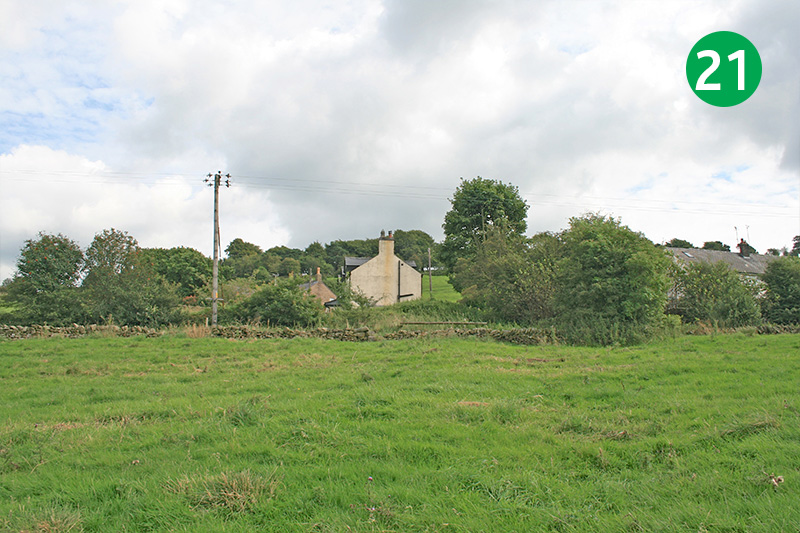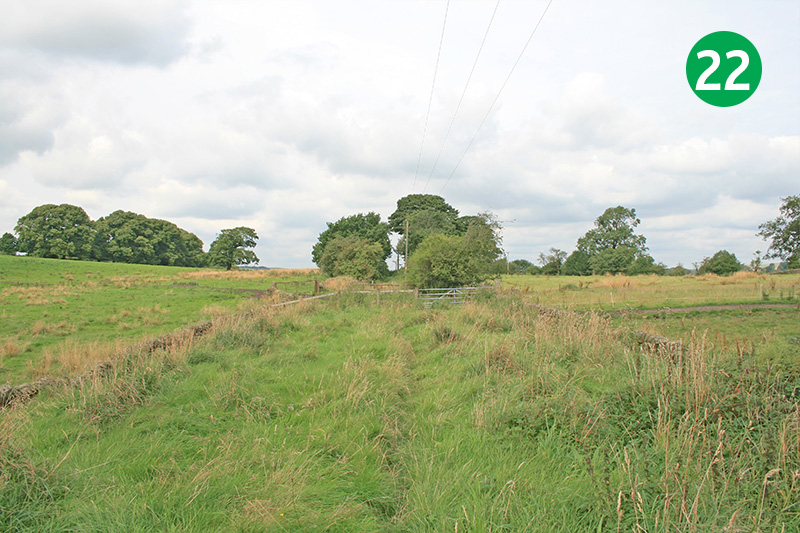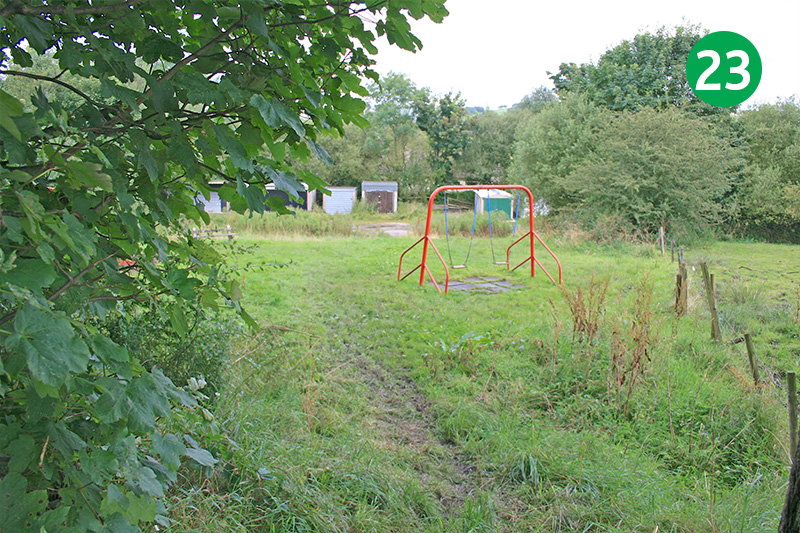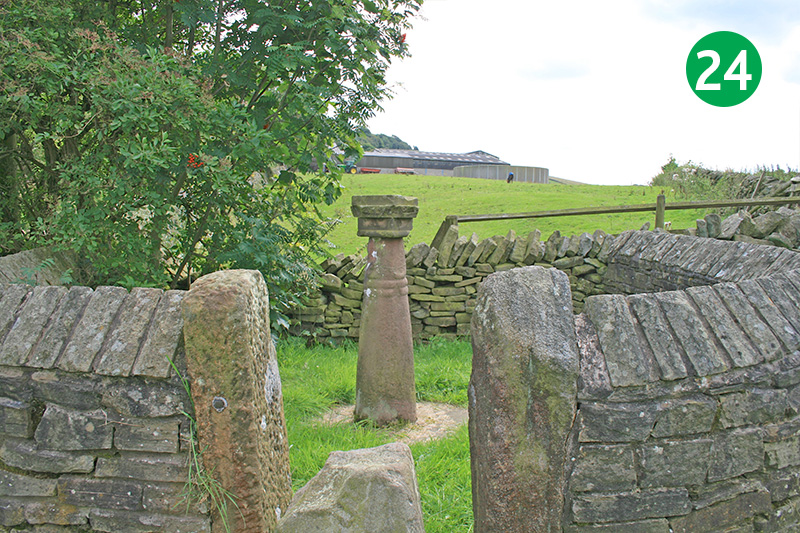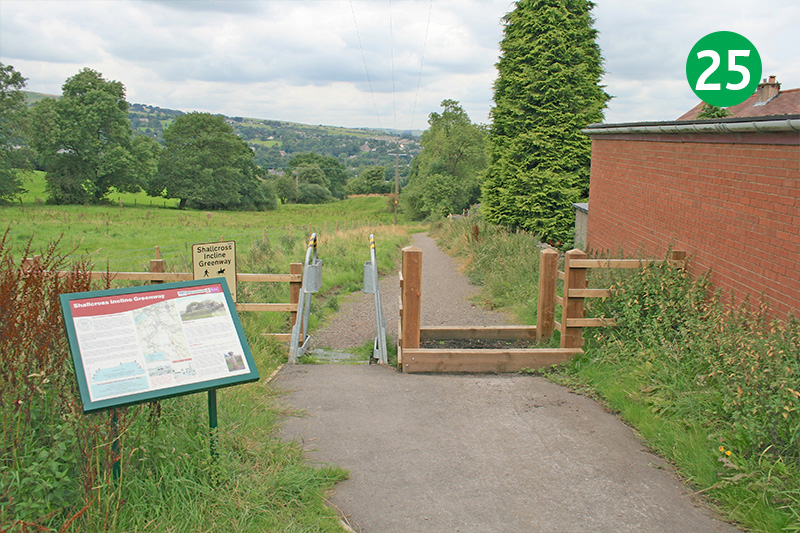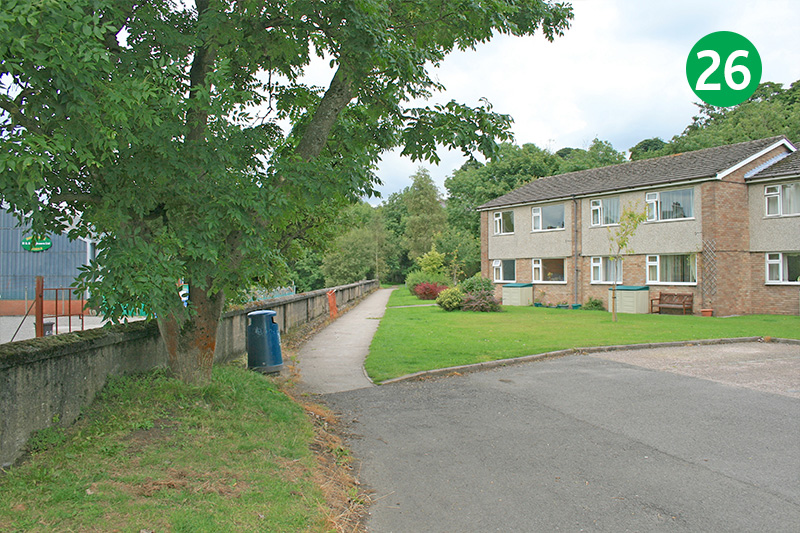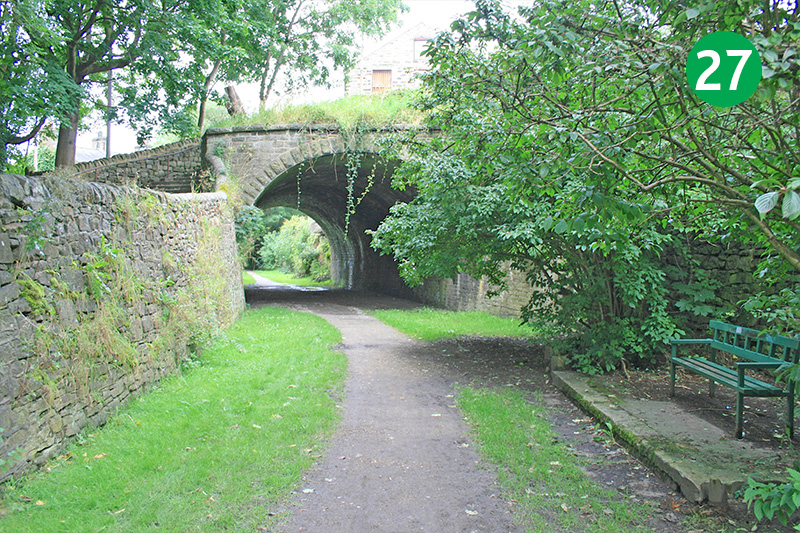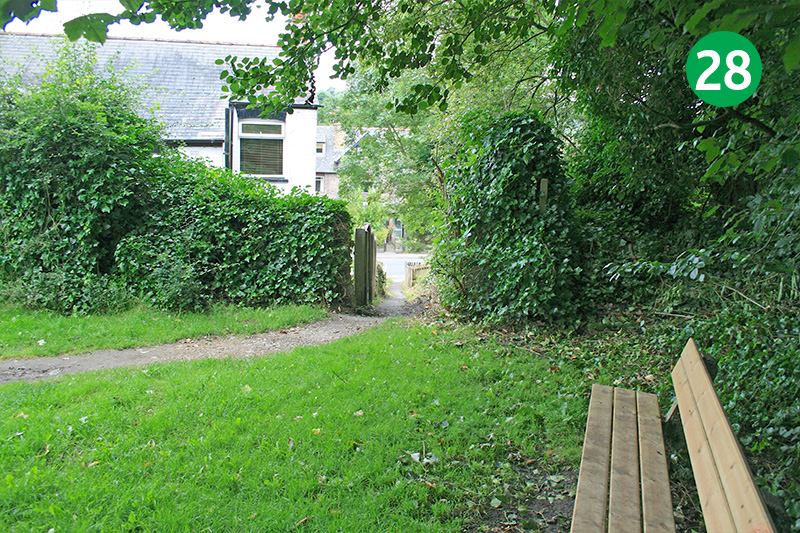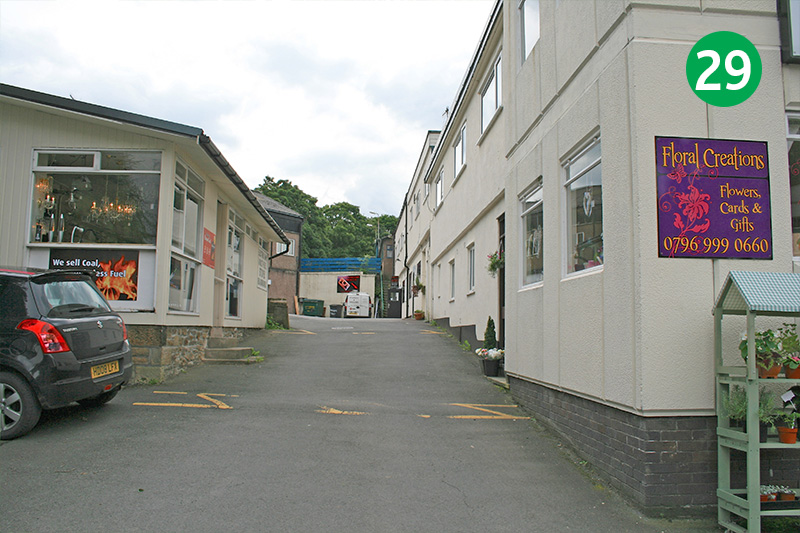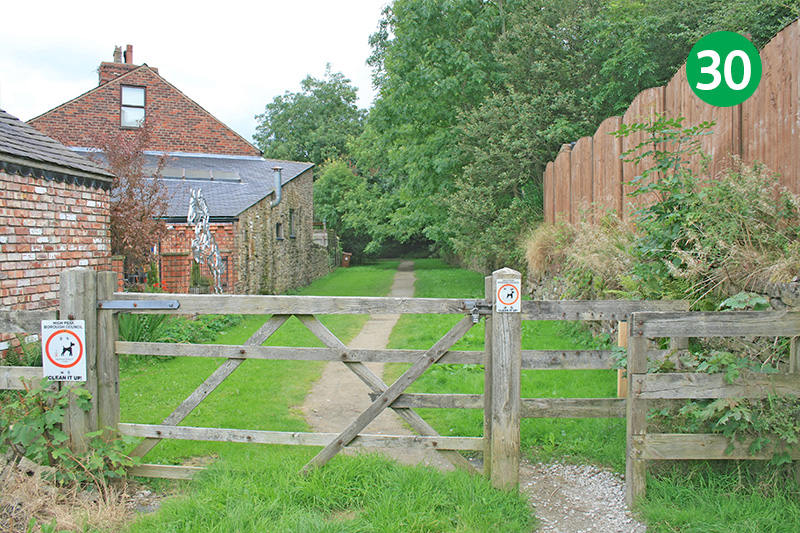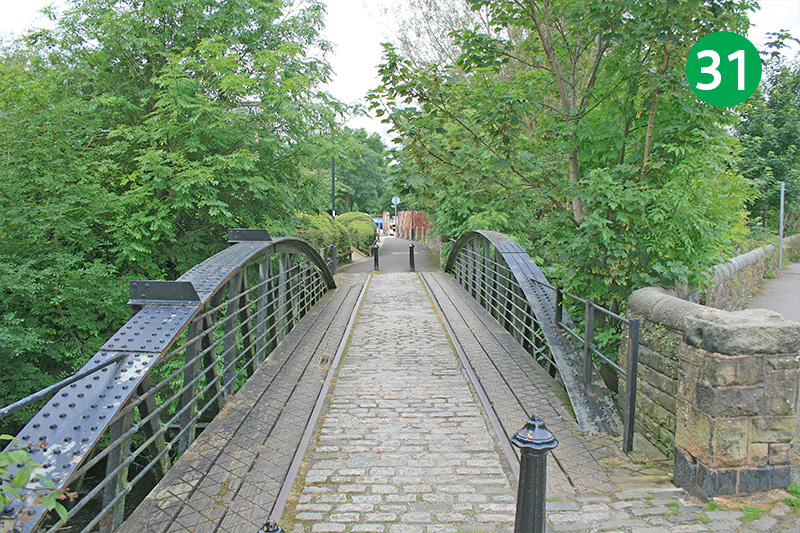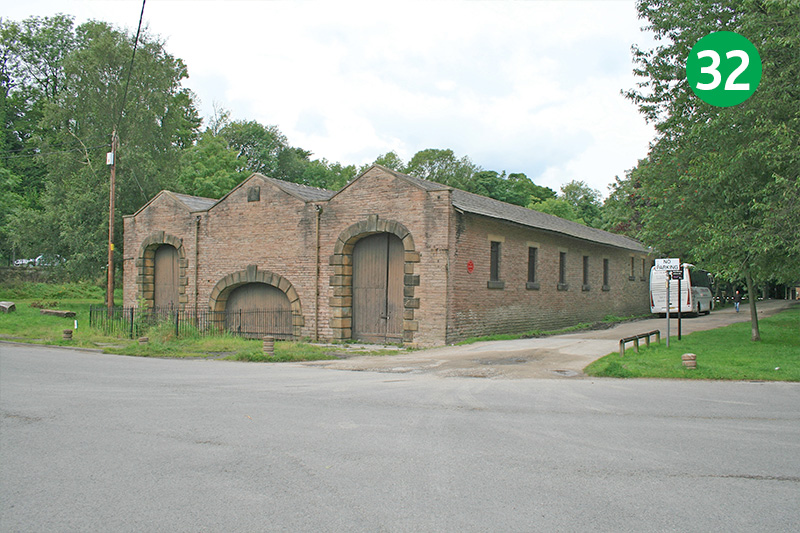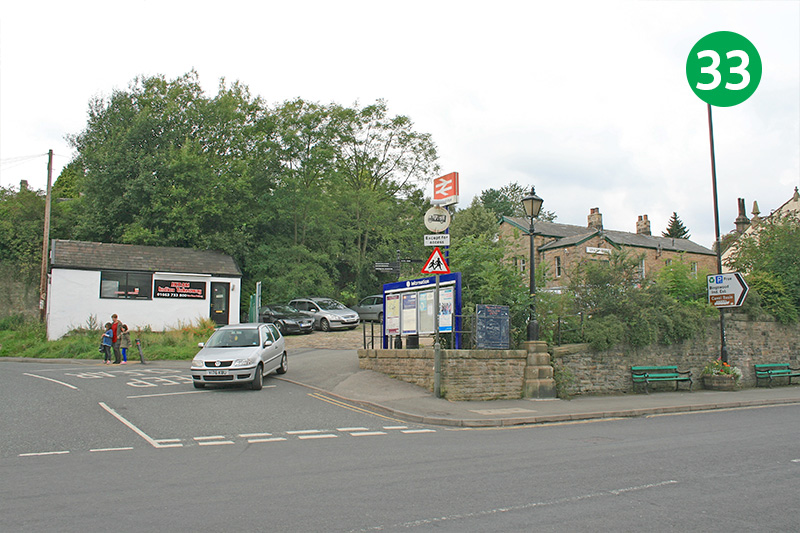Goyt Valley walk 12: Cromford & High Peak Railway
Walk distance: 9 miles | Date recorded: September 2011
Start point: Buxton Pavilion Gardens car park (SK17 9AR) | Google Map
Map app: View on OutdoorActive | Contact me for GPX file
At around 9 miles, this is one of the longer walks in the series – and the only one that isn’t circular. It traces the northern section of the Cromford and High Peak Railway, from Burbage on the outskirts of Buxton, through the Goyt Valley, to its end point at the canal basin in Whaley Bridge.
I’ve used the paid-for carpark at the Pavilion Gardens as a starting point, but it’s usually fairly easy to find on-street parking in the town, or nearer the starting point. The best way to return to Buxton is by train. They run at regular, hourly intervals from the station in the centre of the town.
Some sections of the line between the northern end of Fernilee Reservoir and Whaley Bridge are now on private land and inaccessible. And some parts can also get overgrown in late summer, so early spring is perhaps a better time. But this was a perfect day.
Page update, April 2020: The land-owners between points 4 and 7 have started blocking walkers from using the track. We’ve applied to have it made a public right of way on the basis that it’s been used for over 20 years (click here for more information). To avoid this section, simply start from Bishop’s Lane (SK17 6UN) to reach point 8.
Above: A ‘Relive’ version of the walk with photos taken in September 2011. Click to play and use the expand option to view in full-screen. Click here for more Goyt Valley ‘Relives’.
Maps: Click to enlarge any of the maps.
Download printable A4 map.
1: From Buxton town centre, follow the signs to the A563 to Leek and Macclesfield. The road runs alongside the popular Pavillion Gardens. You could go through the Gardens, entering beside The Opera House, passing the Pavillion buildings and swimming pool on your right, and exiting via the car park. The A563 is the road on your right. Turn left along it to follow the walk.
2: After about a mile, fork right just past Burbage Church, following the road all the way through the housing estate until you exit onto the old Buxton to Macclesfield road. This was the main route between the two towns before the modern road was built.
3: Continue in the same direction until you see a farm gate on your right. This will take you onto the old railway track. But go a bit further and look over the fields to your left and you will see the line winding across the fields into the distance. Below you is a blocked-up bridge which took the track under the old road.
4: Turn back and go through the farm gate on your left. You are now on the Cromford & High Peak Railway line. Opened in 1831, this 33 mile railway connected the Cromford Canal with the Peak Forest Canal in Whaley Bridge. Click here for more information on the line.
5: It was a fantastically ambitious plan to build a railway across such difficult terrain. A number of inclines had to be created along the the route, using steam-driven pulleys to haul trains up and down steep slopes. This section of the line, from near Buxton to Whaley Bridge, was abandoned in 1892 when an easier route was opened.
6: There have been plans to create a cycle route along the disused line, similar to the popular Monsal Trail. But long sections go across private farmland. And one of the biggest obstacles would be to reopen Burbage Tunnel, which at 580 yards is the longest on the route.
7: Turn right just before the gate to Tunnel Farm (the blocked tunnel is a short distance further along here) and head down this narrow road. It leads to Bishop’s Lane, which is an alternative starting point for this walk. This is also the starting point for walk 9, an 8-mile circular route from Buxton.
8: Turn left along Bishop’s Lane, walking between two stone gateposts, and continue as the path winds up and around to the right.
9: Look out for a footpath sign on your left, and head up the flight of steps as it winds first to the left, and then to the right. There are some great views of Buxton from this path, nestling in the valley to your right. Climb over a wooden ladder stile and follow the path straight ahead across the moorland.
10: As the path slopes down, keep the stone wall on your right. You eventually reach the old railway track, with the other end of the blocked tunnel to your left.
12: Eventually you reach a small pond on your right. This was built to provide water to a steam-powered pulley which used cables to haul trains up the Bunsall Incline, the longest of six inclines along the line. Turn left when you get to the narrow road. As the road bends around to the right you get a wonderful view down the incline.
13: Follow the road down the slope. Although the line was abandoned in 1892, the incline was only tarmacced in 1967, just before the completion of Errwood Reservoir. There was another engine house further down the incline, as it bends slightly to the left, and it’s just possible to see the water reservoir, well hidden in the undergrowth on the right.
14: Go past the car park at the foot of the incline and turn right through a metal gate, down a narrow track. The railway line ran to the right at this point, but it’s not possible to follow this short section. But as the path bends around to the left, you’re back on the track.
15: The old railway line now runs for some distance along the shore of Fernilee Reservoir. Fernilee was completed in 1937, some 30 years before Errwood Reservoir to the south. The original plan was to build both at the same time, but World War 2 meant there was a shortage of finance, labour and materials.
16: As the line bends slightly to the right, look out across the water. Under here lie the remains of an extensive gunpowder factory which once employed over 120 men. It was also the site of many fatal explosions (click here for details).
17: Exit the path through a gate. The old railway line runs slightly to the right of the path at this point. Follow the road up the slope. You can see the old line on your left, through a metal barrier gate. It is possible to follow it through here, but it’s blocked about half a mile further.
18: To rejoin the line, follow the narrow road as it winds up to meet the main A5004 Buxton to Whaley Bridge road, turning left at the top. Walk alongside the road. Soon the left-hand pavement ends, forcing you to cross to the right-hand side of the road. A short distance further, cross back to the other side and look over the stone wall to your left.
19: From here it’s just possible to see the old railway line as it ran between stone walls and under the road. It then reappears on the other side of the road through a metal gate which now leads into a private garden. Keep along the pavement, going past the Shady Oak pub.
20: It is possible to rejoin the line behind the pub, but it can get very overgrown and impassible. The easiest route is to walk further along the road, past an unattractive and rusting collection of old cars, until the road bends to your left.
21: There’s a well hidden footpath sign on the right. Follow this straight across the fields, heading towards a gap in the stone wall, just in front of some farm houses.
22: Turn left and you’re back on the track of the old railway line. This part of the walk can get both muddy and overgrown – which is why it’s perhaps better earlier in the year. But it’s never that difficult to find a way though.
23: Keep between the stone walls until it’s not possible to go any further, and then turn right, past a children’s play area, and right again past some garages, exiting beside a junction of small roads.
24: Opposite is an 8th century stone pillar known as the Shall Cross. As the name suggests, it was once topped with a cross, but legend says that the pagan Vikings stole it. From here, head down the road towards Whaley Bridge.
25: Take the second road on your left, go straight ahead, and you will soon see the start of the Shallcross Incline on your right, just past the last house. An informative display board explains its history. This pathway was improved as part of the millennium celebrations.
26: At the end of the incline, continue in the same direction through the housing estate. Keep to the right of a concrete wall and you’re soon back on the old railway line.
27: A short distance further is a railway bridge. There’s some wonderful photos of steam locomotives passing through here on the website (click to view). They show that this part of the line, close to the centre of Whaley Bridge, was still in use well into the 1950s.
28: Turn left at the end of the track, and then turn right to walk beside the main road. Walk past The Cock pub (a great place to rest and enjoy some good food), go under the railway bridge, and turn immediately right.
29: Keep to the right between some industrial units and shops, then turn left up the slope to reach the road. You’re now back on the route of the old railway line.
30: Turn left at the road and then through a wooden gate. You soon come to the last and shortest incline on the line. This was powered by horse rather than steam. A stone block on the right, with a curved wall around it, was once a capstan. Two nearby stone blocks in the ground were guides for the haulage ropes.
31: Exit through a wooden gate and cross the road in the same direction, going over a narrow footbridge. It’s wonderful to see the old railway tracks still embedded in the surface of the bridge. Continue past the car park and you soon come to the basin of the Peak Forest Canal.
32: The large building is where goods were loaded on and off the railway trucks and canal boats for transporting in either direction. Either by canal barge towards the ports and cities of the Northwest. Or by train to the inland towns which powered the Industrial Revolution.
33: Whaley Bridge Station is just a short distance from here by walking up to the main road and turning left. It’s well signposted on the opposite side of the road. Trains back to Buxton typically run every hour and take about 15 minutes.
View on YouTube
I created a couple of YouTube videos of this walk. The first an animation of photos taken along the route. And the second a Google Earth ‘fly thru‘. Click either to play, and the expand button to view in full screen.
